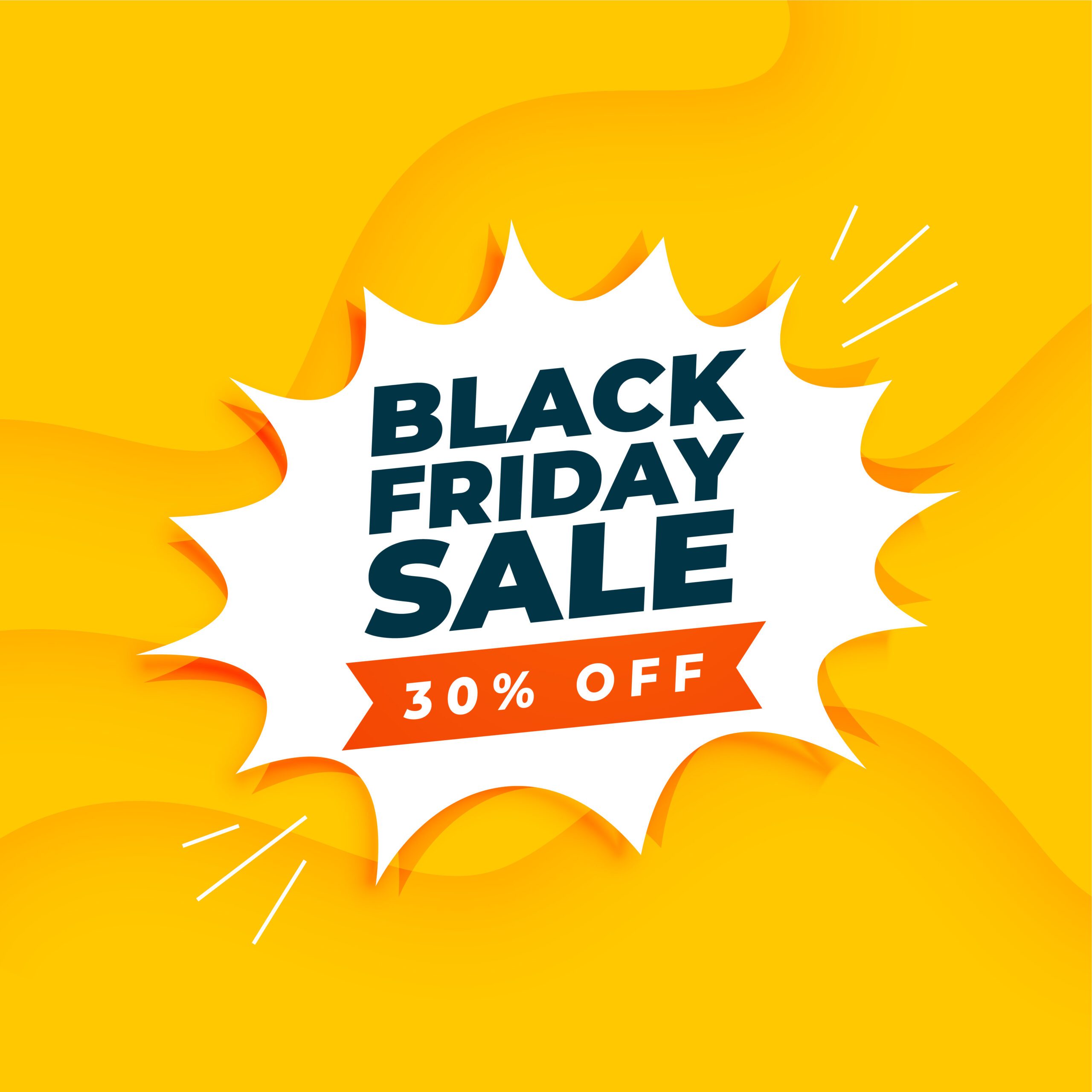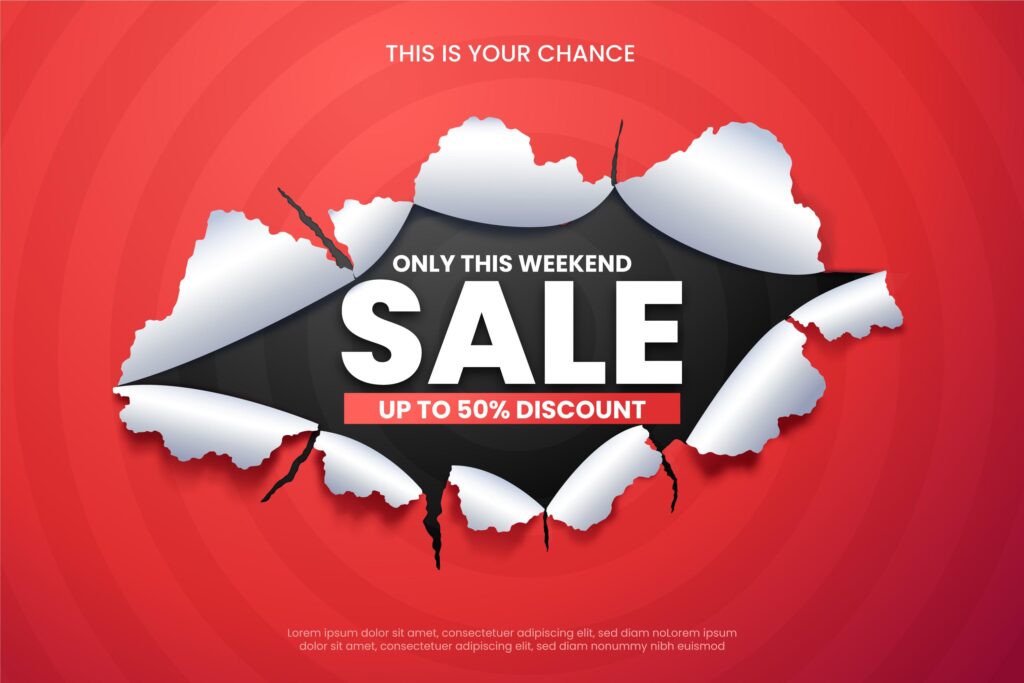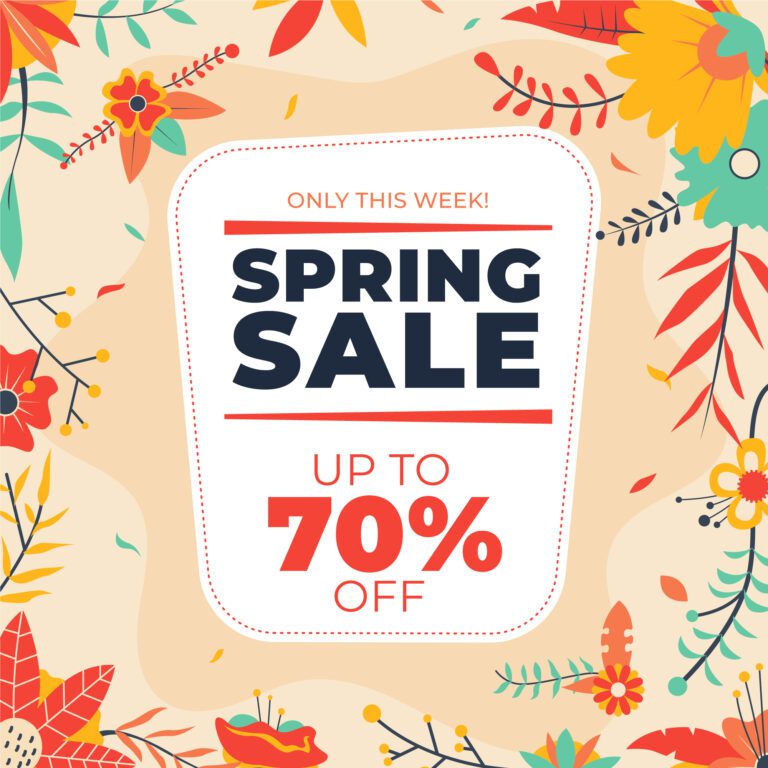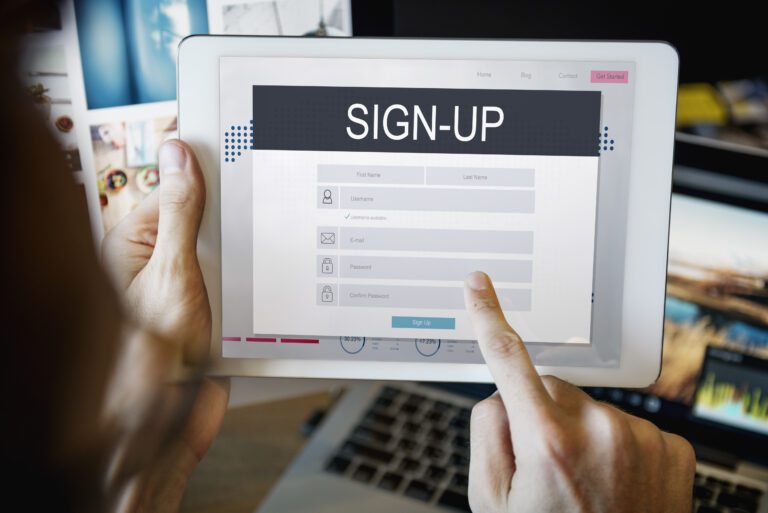Create Urgency To Drive More Guaranteed Sales For Your Popups

I hope you enjoy this blog post. If you want Hello Bar to grow your leads, click here.
Author:
Mansi
Published
April 29, 2025

Table of Contents
Popups can either be a helpful nudge or an annoying interruption.
The difference often comes down to one thing: urgency.
When urgency is done right, it doesn’t feel pushy — it feels necessary.
It tells your customer, “You’ll miss something good if you wait too long.”
It respects their time while giving them a reason to act today, not someday.
If you’re serious about using popups to drive real sales, urgency isn’t just a trick — it’s a business tool. And it needs to be handled with real care.
What Urgency Really Means in Sales (And Why It Works)
Urgency taps into something very basic about human behavior:
We don’t like losing opportunities once we know they exist.
Once people see there’s a real chance they could miss out — on a product, a deal, a reward — they tend to act faster.
That’s why simple lines like:
- “Only a few left in stock.”
- “Offer ends soon.”
- “Order while supplies last.”
work better than endless promotions with no deadlines.
They push people to prioritize, without needing to shout or exaggerate.
If your popup doesn’t give customers a reason to act now, you’re basically giving them permission to leave without buying.
How to Build Real Urgency Into Your Popups (Without Feeling Fake)
Creating urgency isn’t about scaring customers. 60% of consumers say urgency influences their purchasing decisions.
It’s about helping them realize that waiting might cost them something they actually want.
Let’s go over real strategies that work naturally — and are easy to set up.
1. Make Time Limits Specific (And Honest)
Generic popups that say “limited time only” are too easy to ignore.
You need to tie your offer to a real clock.
Not vague. Not “someday.” A real ending.
Example:
“Get free shipping today only — order before 11:59 PM.”
Specific timing makes people mentally start a countdown.
It’s a small, silent pressure — and it works.
If you’re using “until supplies last” logic, be upfront:
- “Offer valid while supplies last — limited stock on hand.”
It feels clean, honest, and actionable.
2. Show When Inventory is Low
One of the simplest ways to create urgency is to tell people the truth about how much is left.
Examples that work:
- “Only 6 units left — order now while supply lasts.”
- “Almost sold out! Last few pieces remaining.”
When you connect stock numbers with urgency, it feels real.
Nobody wants to be the person who waited too long.
Important: Don’t fake it.
Fake scarcity damages trust faster than anything.
3. Countdown Timers — Use Them Where They Matter
Countdown timers work because they show time slipping away visually.
But they have to be placed at the right moments:
- Exit-intent popups (“Wait! 10 minutes left to claim your discount.”)
- Cart page (“Reserved for you for the next 15 minutes — checkout while supplies last.”)
- Landing pages for flash sales
Timers don’t belong everywhere.
Overuse makes them look like decoration instead of real urgency.
Use them sparingly, but where action is needed most.
4. Tie Urgency to Real-Life Events

Deadlines are more effective when tied to something actual.
Not even your own timeline — but something your customer is already interested in.
Example:
“Order by May 7th to have Mother’s Day delivery — supplies limited.
“Sale ends Sunday — don’t miss out on your opportunity.
Real-life events make your popup urgency feel real — because life itself has natural deadlines.
5. Stack Scarcity and Incentives
Sometimes even urgency isn’t sufficient.
You can stack scarcity with tiny incentives to make the deal sweeter.
Example popup: “Only 3 left at this price — plus get free shipping if you order before midnight.”
The scarcity (“only 3 left”) drives action.
The incentive (free shipping) makes the action even more gratifying.
Plain stacking like this keeps folks in motion toward checkout, not waiting.
6. Emphasize “While Supplies Last” Clearly and Assertively
Most companies attempt to conceal scarcity like it’s something negative.
Actually, being transparent about limited supply establishes credibility.
Good examples of popups:
“Clearance items — while supplies last.”
“Limited edition — available until supplies last.”
By applying “while supplies last” organically to your popups, you build urgency that feels realistic and respectful.
7. Personalize Urgency Based on Customer Behavior
Not every customer responds similarly.
If you’re able to track behavior, apply it to create urgency:
New visitors may get: “Welcome! Get your 10% first-order discount today only!”
Regular visitors may get: “Thinking about it still? Your product’s in low stock — buy while stocks last.”
Urgency just doesn’t sound so natural if you’re asking people to shift psychological gears.
8. Small, Last-Minute Reminders Work Better Than Big Blasts
Sometimes it’s not the popup when they arrive on the page — it’s the one that pops just as they’re about to leave that counts.
- Exit-intent popups such as: “Almost gone! Order now while supply lasts.”
- catch people at the point of hesitation.
- It’s subtle, but effective.
Common Mistakes That Kill Urgency (And Sales)

Image by wayhomestudio on Freepik
Creating urgency may seem easy, but there are a few pitfalls to watch out for:
❌ 1. Fake Deadlines
- Having a simulated timer that resets when users reload the page is?
- It’s an instant way to lose trust once and for all.
- Your sense of urgency must be anchored in reality, or customers will call your bluff.
❌ 2. Screaming Too Much
- Not every popup requires “ACT NOW!!!” energy.
- Too much noise causes people to tune you out completely.
- Urgency should be a gentle whisper, not a megaphone in their ear.
❌ 3. No Genuine Benefit
If the popup is “limited time offer” but the offer itself isn’t great, urgency won’t work.
Always couple urgency with something of value:
- Lower price
- Free shipping
- Early access
- Gift with purchase
Otherwise, it feels like pressure without payback.
❌ 4. Using Urgency Everywhere Too Much
If all your sales focus on being “limited,” then nothing feels special anymore.
- Use urgency sparingly.
- Highlight products that are truly time-sensitive or in short supply.
- Quality over quantity.
Real-World Examples You Can Steal Get More Done Having a Plan
Here are some useful popup examples you can emulate:
- For Clearance Sales:
“Final call! Clearance items selling quickly — shop while supplies last.”
- For Cart Abandoners:
“Your cart is saved for 10 more minutes — checkout now before items sell out.”
- For Holiday Campaigns:
“Order by Friday for guaranteed Mother’s Day delivery — while supplies last.”
- For Flash Sales:
“48 Hours Only! Huge savings — hurry, offer ends at midnight.”
- For First-Time Visitors:
“Special welcome deal — 15% discount if you buy today. Only limited stock left.”
Rapid Checklist Before Launching a Sense of Urgency Popup
✅ Is the urgency based on an actual event or time constraint?
✅ Are you being honest in your language (such as “while supplies last”)?
✅ Is the message concise, straightforward, and actionable?
✅ Is the offer powerful enough to make a difference?
✅ Does the popup show respect for the customer’s decision?
If yes, you’re setting yourself up for real sales — not just clicks.
Conclusion
Urgency in popups isn’t about forcing decisions. It’s about helping customers act when the moment matters. When used with honesty and thoughtfulness, urgency turns hesitation into action — and turns visitors into buyers.






